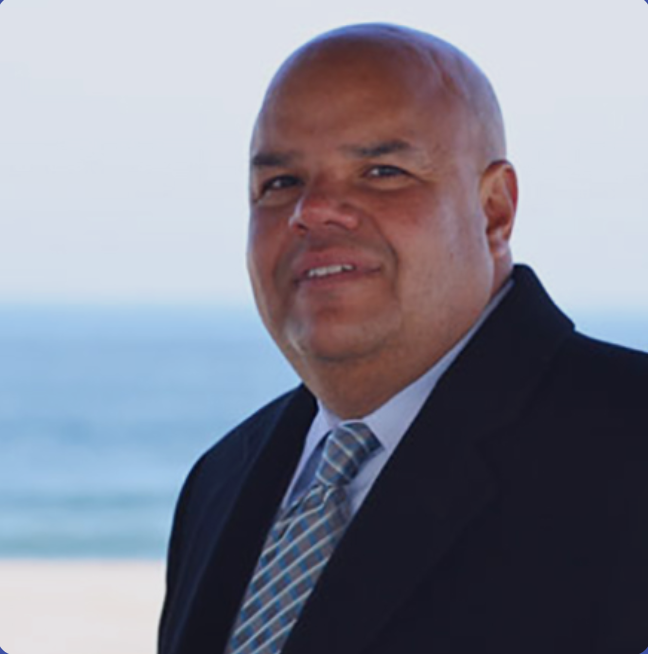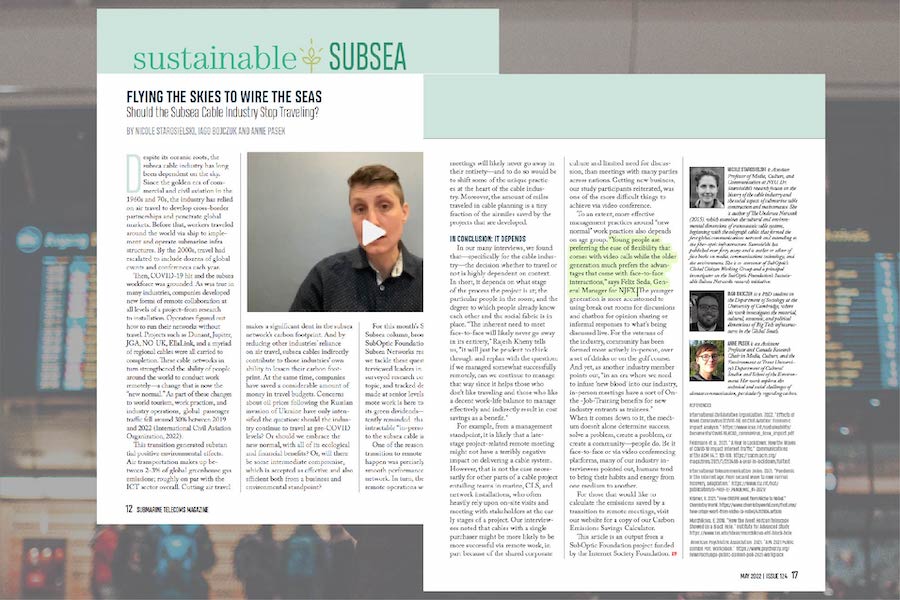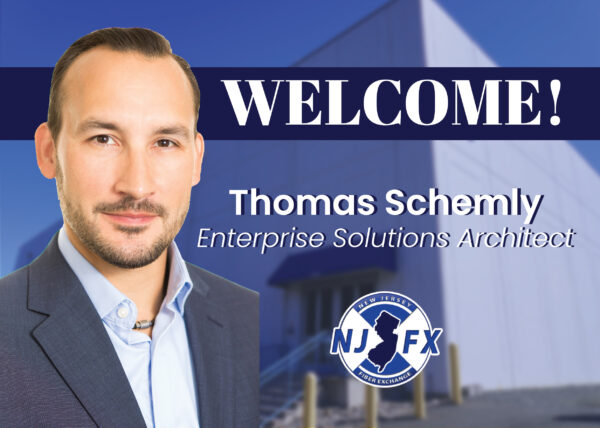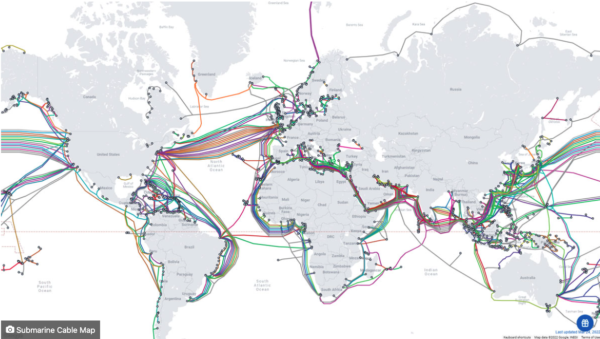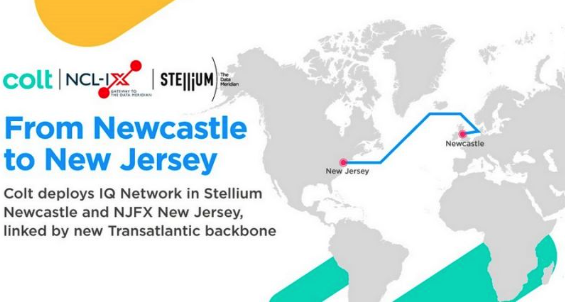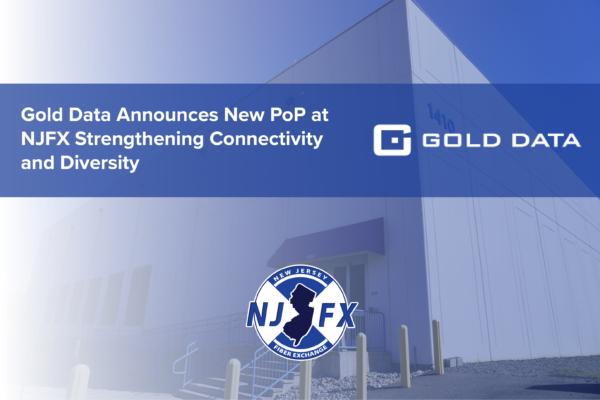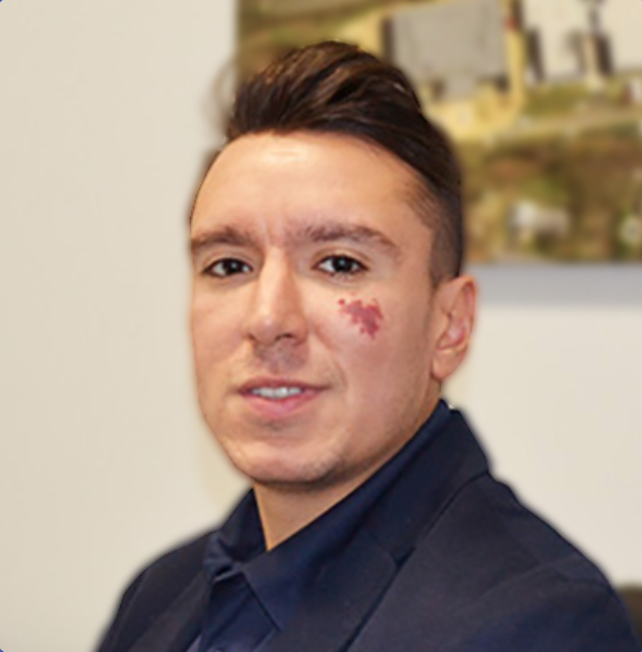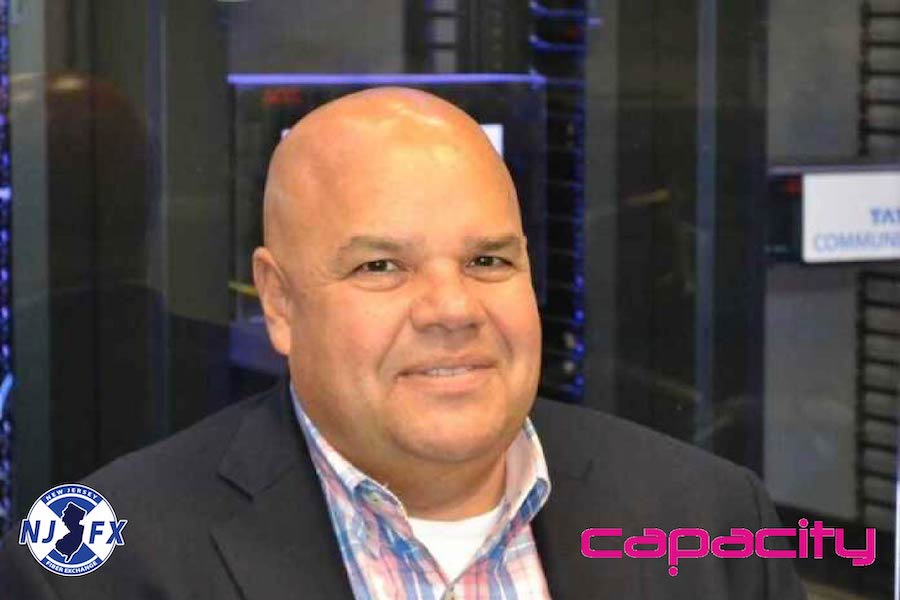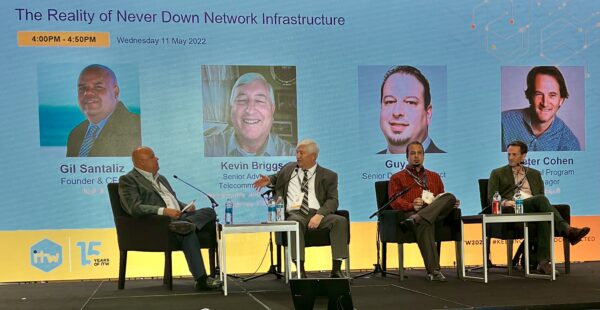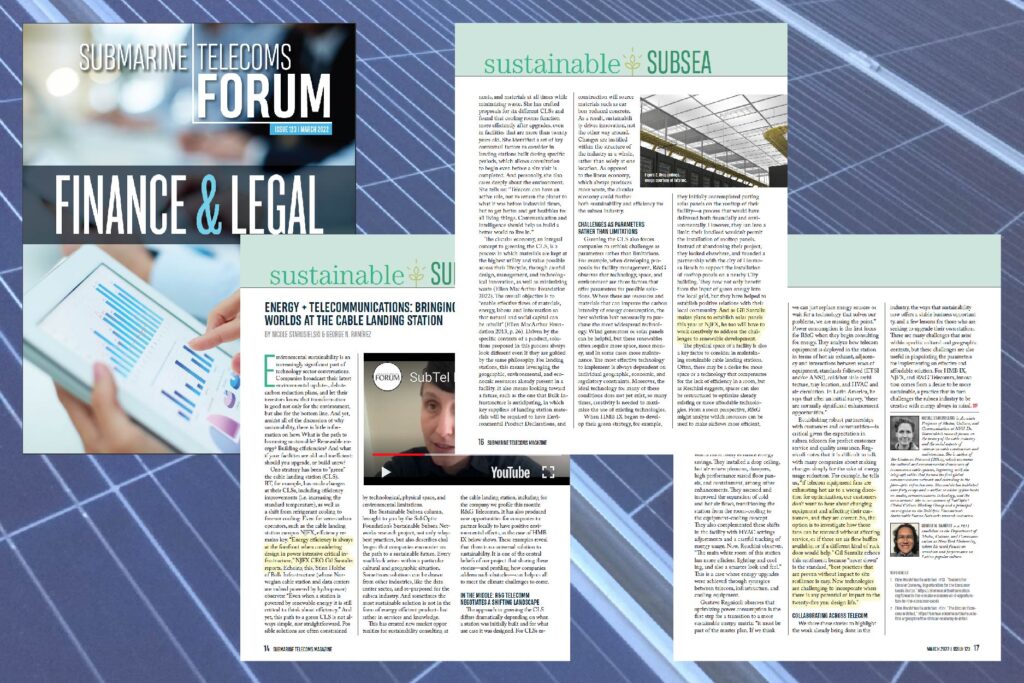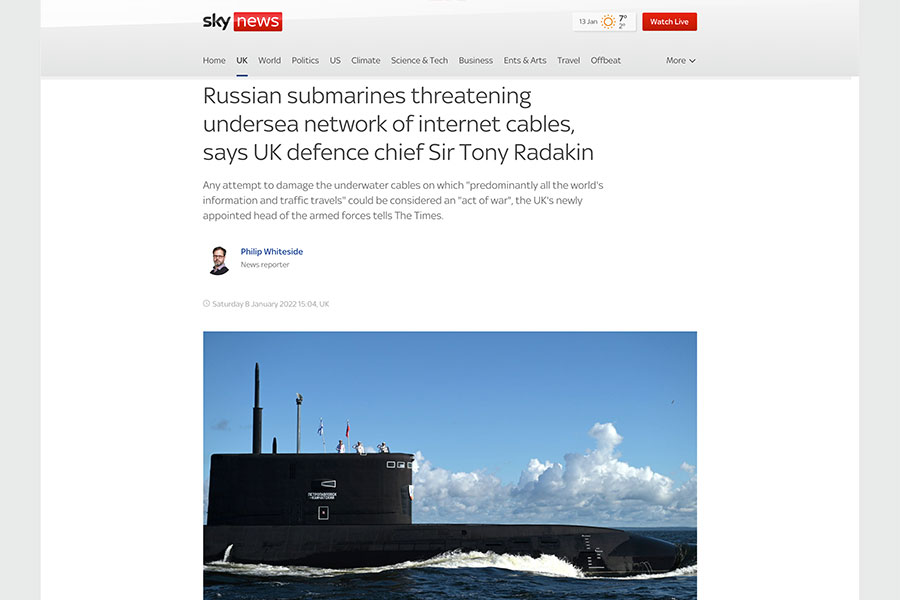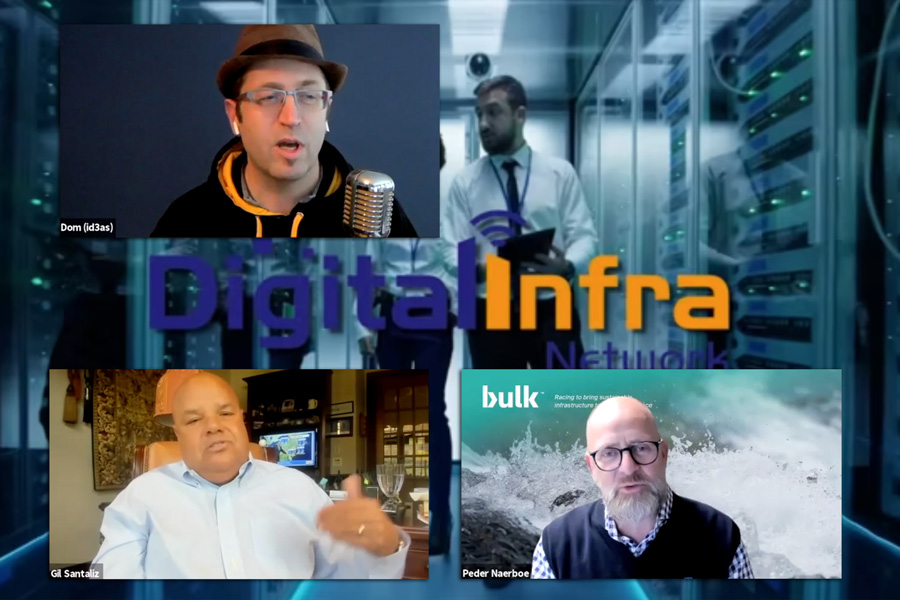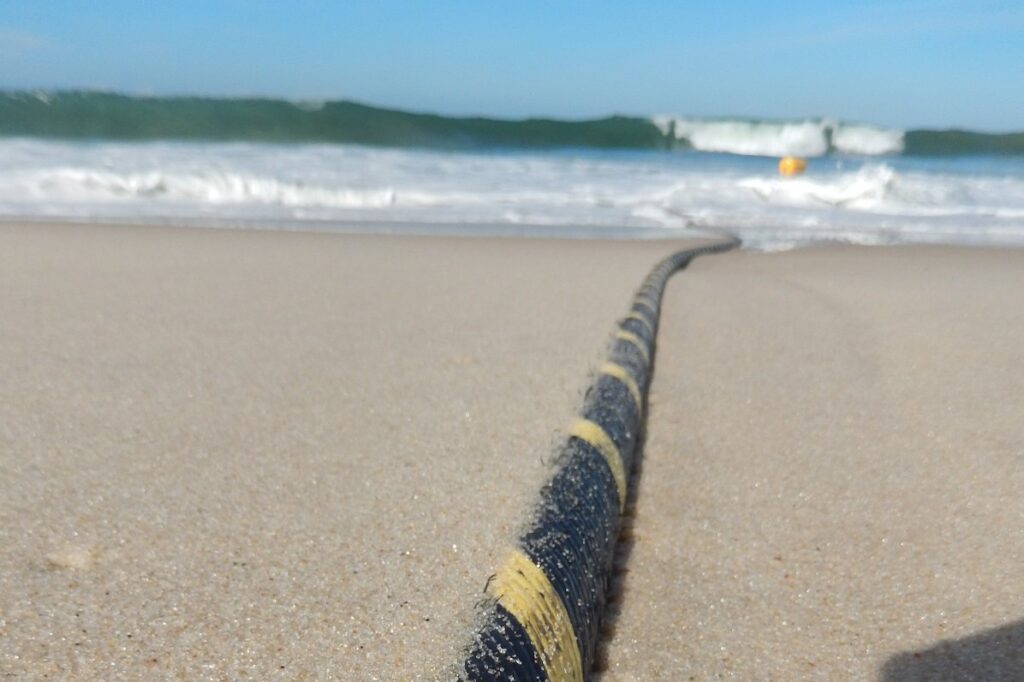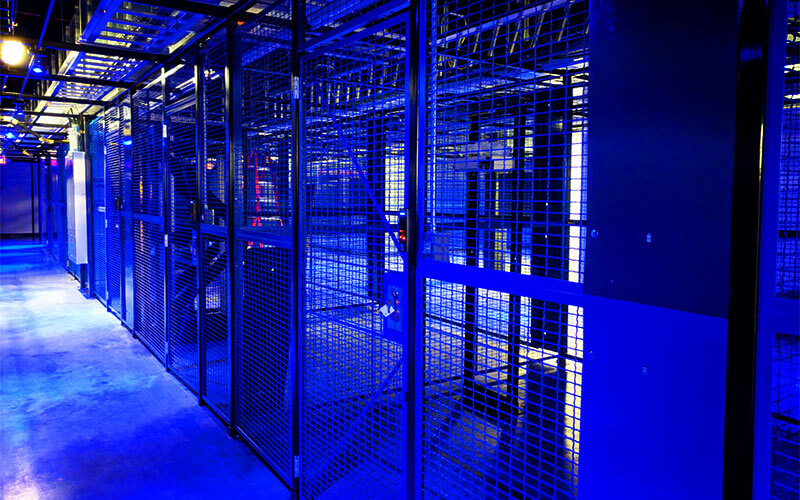NJFX, also known as New Jersey Fiber Exchange, is an incredibly unique Wall Township, NJ-based data center operator. NJFX owns and operates a 64,800 square foot purpose-built Tier-3 Cable Landing Station (CLS) Colocation facility and 58-acre campus in Wall, NJ. This campus is the only CLS colocation campus in the U.S supported by several route-independent carriers that offer direct access to multiple independent subsea cable systems interconnecting North America, Europe, South America, and the Caribbean.
NJFX was incorporated in 2015.
Interview Excerpt: Gil Santaliz
Q. What strategies are in place to encourage innovation in your company?
Innovation within our company is driven by competition in the marketplace and the desire to have the most cost effective solution for our customers. We are always looking to find new ways to find better total cost of ownership for our customers. We have extended the skill sets of our employees to support our customers with more technical resources, so they don’t have to hire and send their own technicians to our location. We can work as needed, including 24x7x365. We also proactively maintain all of our customers’ equipment. This makes it virtually unnecessary for our customers to send their own techs, incurring travel and lodging costs in addition to compensation. We have the skill sets and talents to do it internally, increasing uptime, allowing for upgrades, and having predictability in operations.
Q. How uniquely do you address your clients’ needs, given that NJFX offers flexibility, reliability, and security that global carriers, content providers, and enterprise or government entities utilize to drive network reliability, while reducing expenses?
At NJFX, no two installs are the same—everyone has the availability to design what makes sense for them and we support that kind of creativity. On security, we have taken steps to embrace our relationships with the FBI, the Department of Homeland Security and other state and local agencies. There is an awareness in the industry about security issues and that we must remain proactive. Because we are a country of law and order, we provide confidentiality to our customers to protect their privacy. We hire and retain employees with security clearances to support the rule of law, and support our customers’ needs with folks who can maintain confidentiality and who are trusted by our telecommunications industry.
Q. What makes your HIPAA compliant colocation campus unique?
With this certification, NJFX has achieved the highest standards required by healthcare and financial institutions today. Our highly secure facility is SSAE 16/18 Type 2 certified, and combined with our CLS security standards, places NJFX in a world-class status. By attaining HIPAA compliance certification, it allows the healthcare industry to participate in the NJFX ecosystem confidently.
Q. How does dark fiber play a role in routing between key international locations? And how secure is it?
Layer-1 dark fiber is the infrastructure of communications. Without having multiple dark fiber routes in your facility you don’t have a secure infrastructure. We are close to having over 26 fiber cables managed by various network operators. That represents the physical infrastructure for what makes global communications work. If a client has dark fiber, then they own it and can control the security of their network. A client can physically see if anyone touched or accessed that fiber system.
If a customer doesn’t have dark fiber, then that fiber is lit and managed by their telecom provider.
Q. What new endeavors is your company currently undertaking?
We’re considering expanding our staff to provide marine protection services to allow our customers to benefit from our local knowledge not only in New Jersey but the subsea industry as a whole. This way, an owner-operator can coordinate protecting their cable with agencies like the Army Corp of Engineers. One example is that recently, the Army Corp of Engineers turned to NJFX for help with a beach replenishment project. We were able to determine the right entity to contact to ensure the beach replenishment would not disturb a subsea cable. We would like to be able to serve as consultants in an official capacity with agencies and organizations such as the Army Corp of Engineers.
Q. Forming and managing innovation teams is overwhelming. That said, how do you keep your decision-makers focused?
Our guiding principles are honesty, integrity, and customer first. We keep that in mind in every interaction we undertake.
Q. Let’s talk about your team of experts and their role at NJFX. How did you form your dream squad, and how unique is it?
Employees at NJFX come with various backgrounds. On the business development side, we have been able to cultivate fresh talent. They “grew up” at NJFX learning the industry from operators and carriers, to understand this business, what’s driving the decision making and the direction of where it’s going and how to adapt our model to support those operator and carrier economics. On the operations side of the company, we hired industry veterans who have lived through every situation possible, and can use that knowledge base and expertise to support our customers. So, it is a nice balance of having a very senior Operations team and a business development team who has learned the industry and building key relationships along the way.
Q. How do you plan to transform your company into a future that is unfolding before you?
Our ultimate goal is to expand beyond New Jersey, and to make our CLS model the standard for landing subsea cables around the world. We are getting interested parties to come to our CLS campus to learn more about what we are doing here, including Telecommunications Ministries from South America. They want to emulate our model, which consists of sound infrastructure plus multiple subsea cables, terrestrial routes, with a network hub. One example is Chile is looking to become a gateway to Asia from South America. Those officials came to NJFX to see how we do it. They want to be able to have applications available at a CLS, including peering, route selection and connectivity to neighboring countries, just as we have here. The idea is to welcome subsea traffic, without hops which are points of failure, exchanging internet capacity as well as directing traffic where it needs to go.
The Leader Upfront
Gil Santaliz, Founder, serves as the Chief Executive Officer of NJFX. He helps carriers strategically diversify connectivity options to key hubs across North/South America/Europe bypassing legacy chokepoints. His innovative approach to thinking outside traditional partnerships and network architecture, led him to establish NJFX’s unique offering.
Mr. Santaliz is the visionary behind a new CLS model that has spurred unprecedented connectivity at the point where subsea and terrestrial cable systems meet. NJFX is North America’s first colocation campus that strategically intersects a carrier-neutral subsea Cable Landing Station meet-me room with an independent Tier-3 colocation facility. He was instrumental in bringing the HAVRUE/AEC-2 subsea system to NJFX, the first new subsea cable traversing the North Atlantic in two decades. The ecosystem Mr. Santaliz has developed helped carriers respond to the demand for increased bandwidth through the COVID-19 pandemic. Most recently, under his leadership, NJFX has received federal approval to become an ITU Development (ITU-D) Sector member, to help connect underserved populations to the internet. The ITU is the United Nations’ specialized agency for information and communication technologies. Notably, NJFX hosted a South American delegation to learn more about its unique CLS campus model. The delegation included Chile’s highest ranking communications official.
Previously, as founder of a metro fiber network company called 4Connections LLC, he Santaliz realized there was a lack of route diversity for carriers. He sold 4Connections to Cablevision, which is now owned by Altice.
Mr. Santaliz is a member of the Submarine Networks EMEA 2020 Advisory Board, and PTC Advisory Board. He earned a bachelor of science from Cornell University.
###
About NJFX:
NJFX is a Tier 3 Carrier Neutral Cable Landing Station campus. Our colocation ecosystem has expanded to over 35 network operators offering flexibility, reliability, and security. Our Wall, NJ location provides direct access to multiple subsea cable systems giving our carriers diverse connectivity solutions and offers direct interconnection without recurring cross-connect fees.
